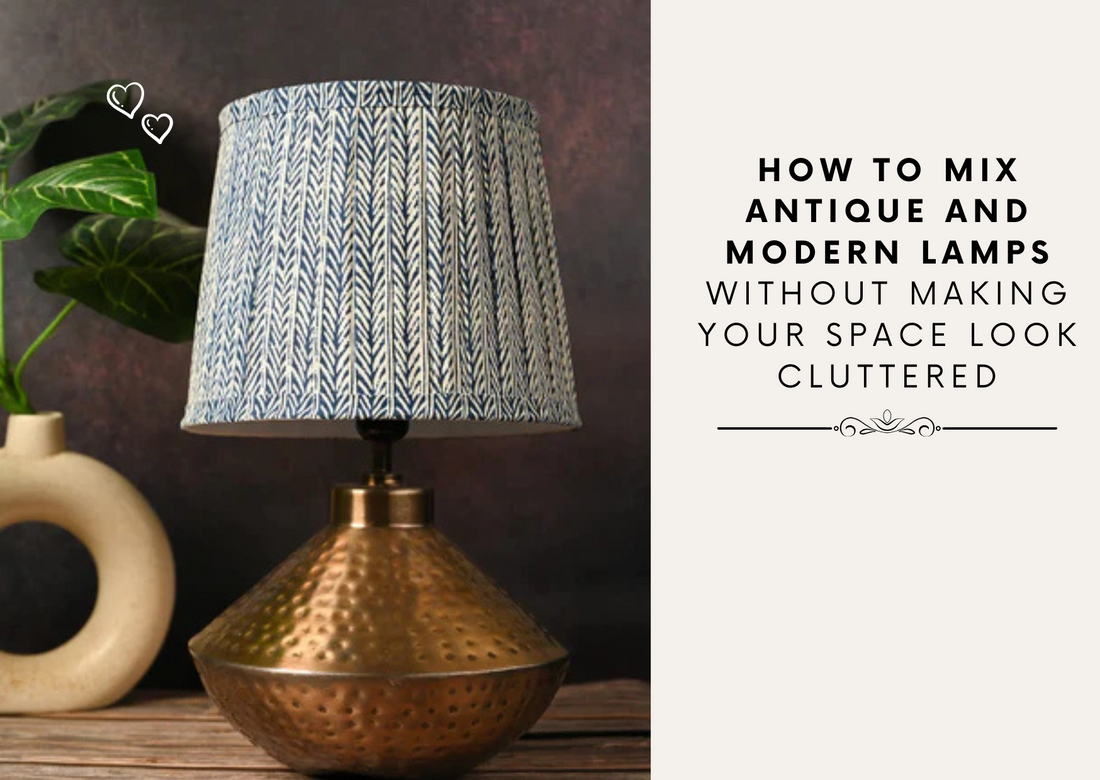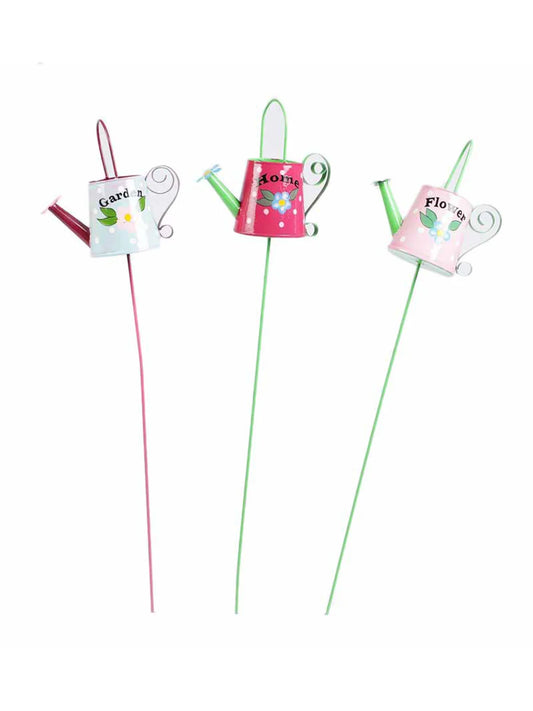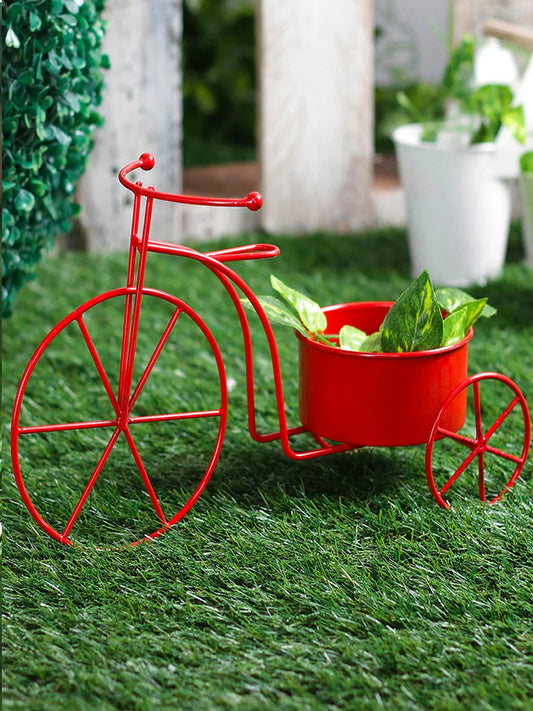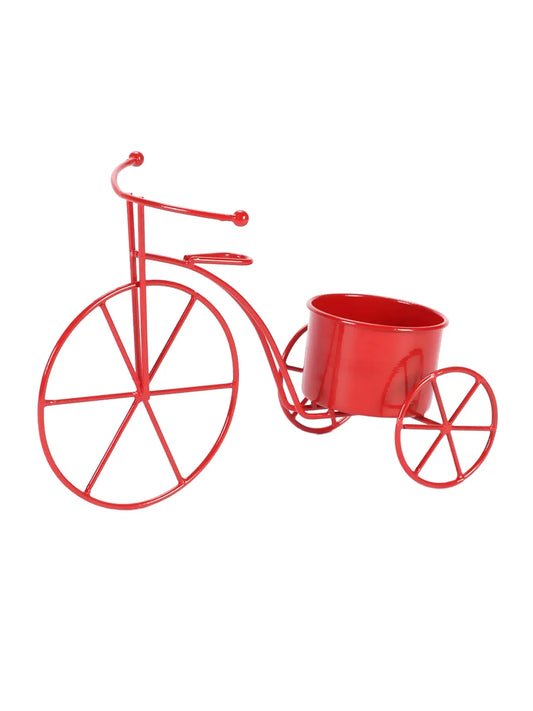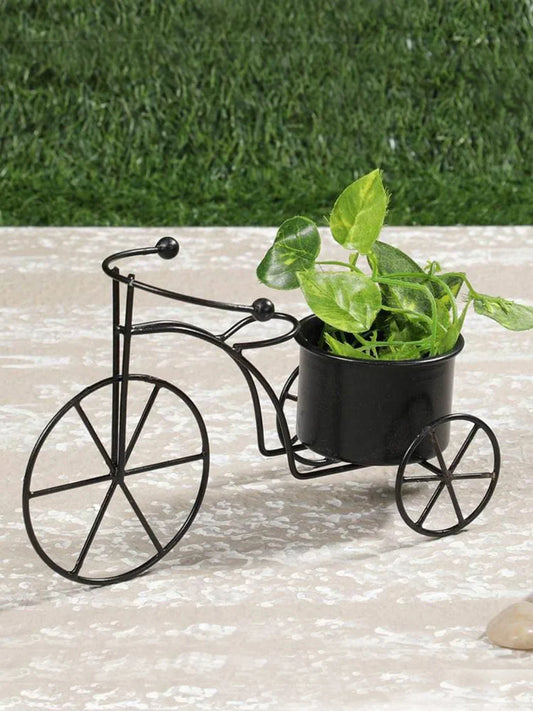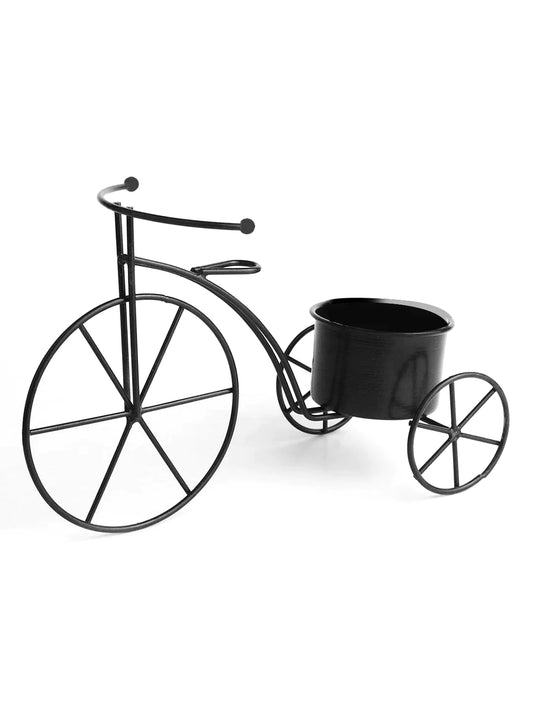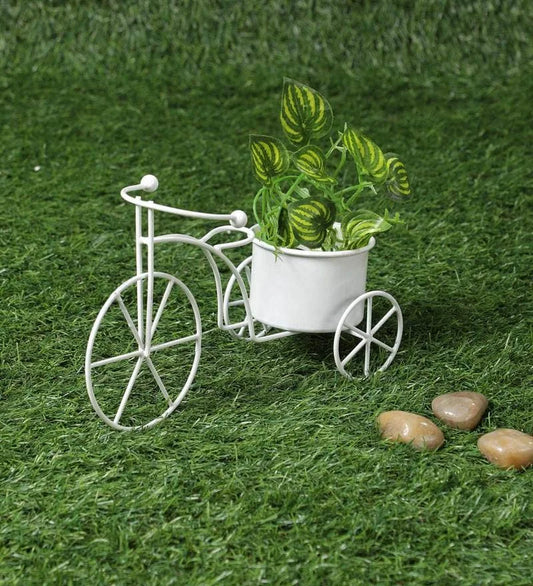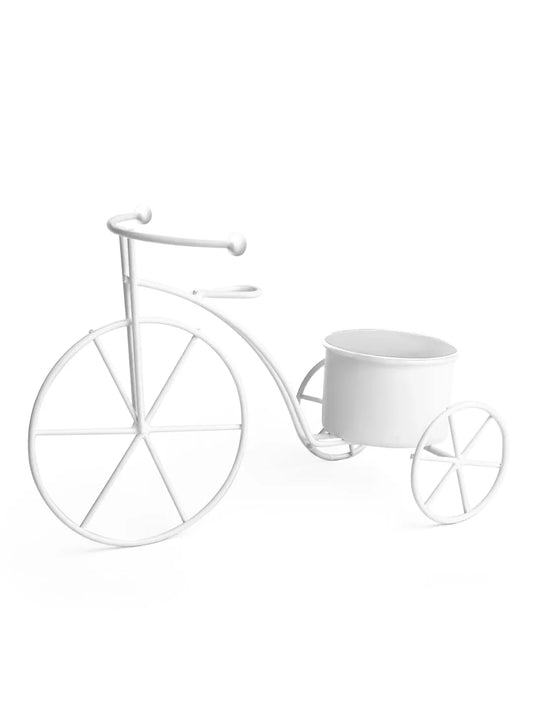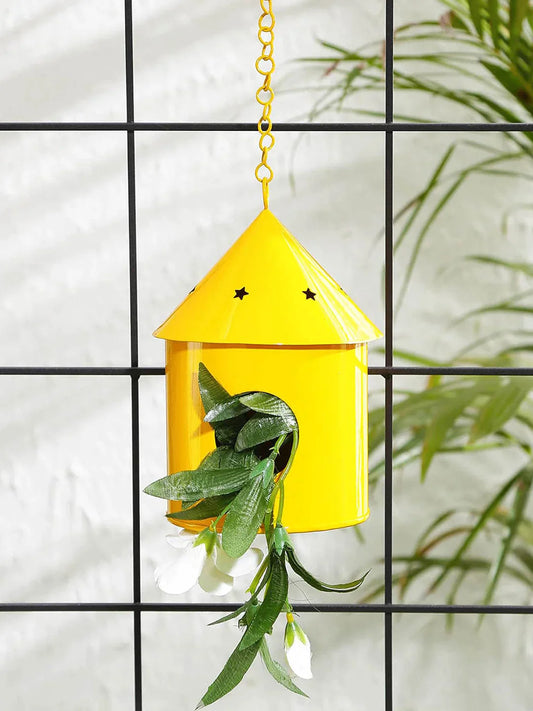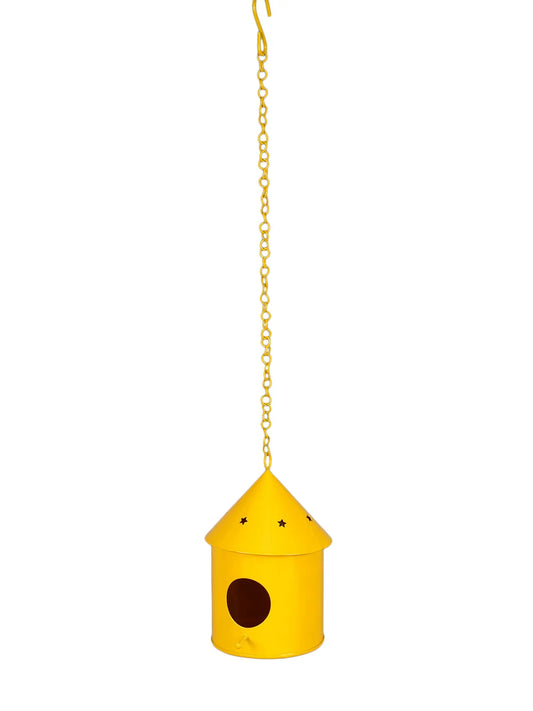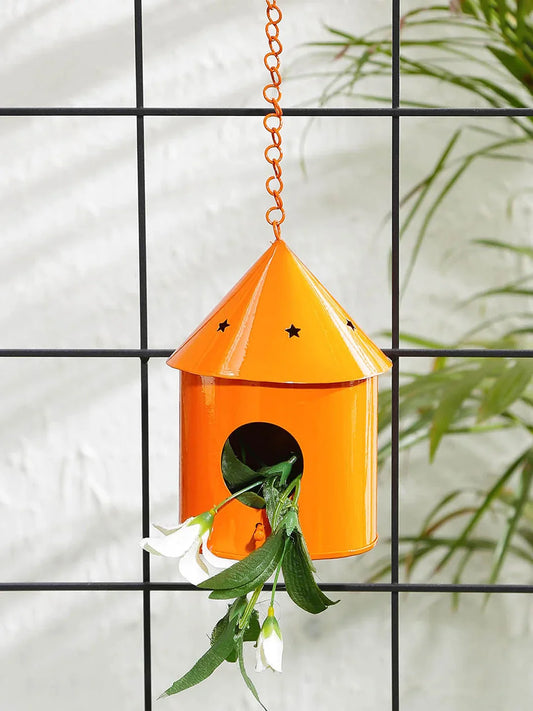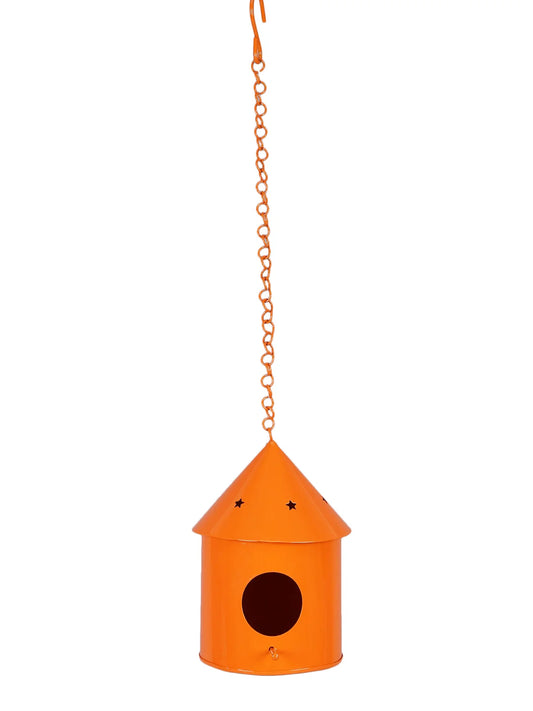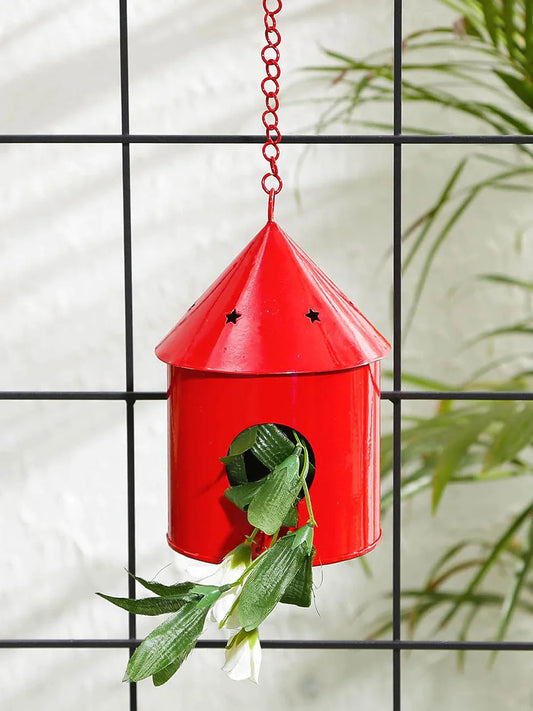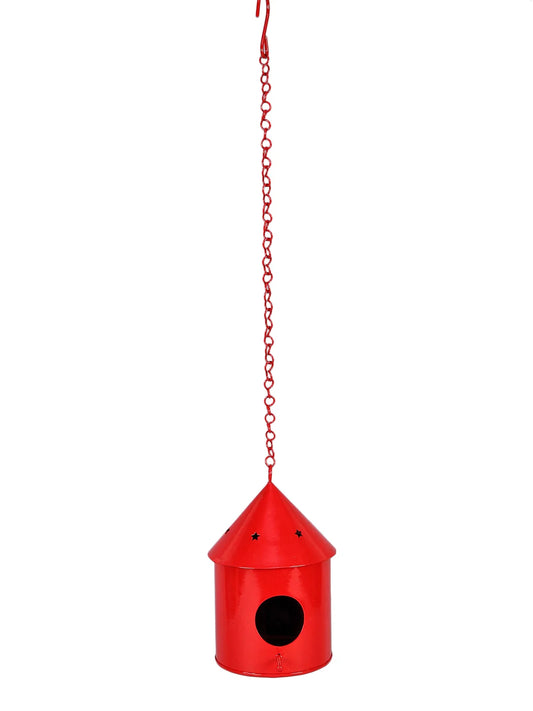Introduction
Lighting plays a crucial role in defining the ambiance of a space, and the trend of combining antique and modern lamps has gained significant popularity. This mix of vintage and contemporary styles enhances the visual interest and brings a unique personality to your interiors. While the contrast between eras can create a stunning effect, it’s not without its challenges. Many people struggle to strike the right balance, often ending up with a cluttered or mismatched look. This guide will help you navigate these challenges and seamlessly integrate antique and modern lamps into your home.
Antique Table Lamps
Antique table lamps are cherished for their timeless elegance and intricate craftsmanship. Often made of materials like brass, bronze, or wood, these lamps bring a nostalgic charm to any room. Their detailed designs, such as floral engravings or ornate bases, make them ideal as statement pieces that add character to your interiors. Whether placed on a side table or a console, they exude a sense of history and sophistication.
Modern Ceiling Lamps
Modern ceiling lamps are celebrated for their sleek designs and innovative functionality. Featuring clean lines and contemporary materials like metal, glass, or acrylic, they offer a minimalist aesthetic. These lamps are often equipped with energy-efficient LED technology, making them both stylish and practical. Perfect for ambient lighting, modern ceiling lamps effortlessly enhance the overall atmosphere of your home.
Understanding the Basics of Balance
Blending antique and modern lamps requires a keen sense of balance. A widely accepted rule is the 60/40 rule: dedicate 60% of your lighting scheme to one style and 40% to the other. For example, you might choose antique table lamps for a nostalgic touch while incorporating sleek, modern ceiling lamps as functional yet stylish counterparts.
Visual harmony is another critical factor. The proportions of the lamps should complement each other. For instance, pairing a tall, slender modern floor lamp with a shorter, ornate antique table lamp creates a visually pleasing contrast without overwhelming the space.
Finally, decide whether each lamp will serve as a statement piece or an accent piece. Statement pieces draw attention and often become focal points, while accent pieces subtly enhance the overall design.
Strategic Placement Tips
Strategic placement is key to avoiding a cluttered appearance. Start by establishing focal points in each room. If an antique lamp is the center of attention in the living room, complement it with understated modern fixtures to maintain balance.
Negative space is equally important. Resist the urge to fill every corner with lamps; instead, let your lighting breathe. This creates a more curated and thoughtful look.
Layering lighting is another effective strategy. Combine ambient lighting (e.g., modern ceiling lamps) with task lighting (antique desk lamps) and accent lighting (small decorative pieces) to add depth and dimension.
Grouping lamps can also work well. Arrange lamps of similar height or style in clusters to create a cohesive vignette. For example, a modern lamp with a clean-lined base can be paired with an antique piece featuring intricate detailing to form a harmonious grouping.
Design Elements That Unite
To seamlessly blend antique and modern lamps, focus on unifying design elements. Start with consistent finishes or metals. For example, if your antique lamp has a brass finish, look for modern pieces with brass accents to create continuity.
Lampshade styles and colors also play a significant role. Neutral or coordinated shades can tie together lamps of varying styles. A classic white shade works well with both vintage and contemporary bases.
Scale and proportion are equally crucial. Ensure that the sizes of the lamps complement each other and the room. A small antique lamp on a large modern sideboard may look out of place, whereas a medium-sized lamp creates a better balance.
Lastly, consider bulb temperature. Warm white bulbs evoke a cozy, vintage feel, while cool white or daylight bulbs suit modern settings. Matching bulb temperatures across lamps helps create a cohesive atmosphere.
Room-by-Room Guidelines
Living Room: The living room often serves as a space for relaxation and socializing, making it an ideal place to experiment with mixing styles. Pair an antique table lamp with a sleek, modern floor lamp to balance tradition and innovation. Use the antique piece as an accent on a side table, while the floor lamp provides functional lighting for reading or conversation.
Bedroom: Bedside lighting is key in the bedroom. Match an ornate vintage lamp on one side with a minimalist modern lamp on the other. This asymmetry creates visual interest while maintaining harmony through similar finishes or shades.
Home Office: Combine task lighting with decorative pieces for a home office. An antique desk lamp can provide focused light, while a modern pendant or ceiling lamp adds ambient illumination. This mix keeps the workspace functional and stylish.
Dining Area: The dining area offers an opportunity to use a statement piece. Consider a modern chandelier or ceiling lamp as the centerpiece and complement it with antique table lamps on a sideboard or console. This approach balances boldness with subtlety.
Common Mistakes to Avoid
Overcrowding Spaces: Avoid filling a room with too many lamps, as this can make it feel cluttered. Stick to a few carefully chosen pieces.
Mismatching Scales and Proportions: Ensure that the size and scale of each lamp suit the room and complement other furnishings.
Neglecting the Room’s Overall Style: While mixing styles, consider the broader design theme of the room to ensure consistency.
Poor Lighting Distribution: Avoid placing all your lamps in one area. Distribute lighting evenly to maintain balance.
Shopping and Selection Tips
When shopping for antique lamps, look for unique designs and sturdy construction. Check the condition of the electrical components to ensure safety and functionality.
For modern lamps, choose pieces that complement your vintage finds. Sleek designs with simple lines often pair well with ornate antique lamps.
Sources like antique shops, flea markets, and online platforms offer a variety of options. Budget-conscious shoppers can find affordable vintage-style pieces that mimic the look of true antiques without breaking the bank.
Maintenance and Care
Proper maintenance ensures the longevity of your lamps. For antique lamps, inspect and repair electrical components as needed. Replace frayed wires and outdated plugs to enhance safety.
Cleaning is another vital aspect. Use appropriate methods for different materials, such as metal, glass, or wood. Avoid harsh chemicals that could damage finishes.
Decide when to restore versus replace a piece. Some antique lamps benefit from minor restoration, while others may require professional help. For vintage lighting, safety should always come first.
Conclusion
Mixing antique and modern lamps is an art that requires careful planning and execution. By following principles of balance, strategic placement, and unifying design elements, you can create a harmonious look that reflects your style. Avoid common mistakes and invest in quality pieces to achieve a timeless appeal.

